This is a truly revolutionary technology that needs to be implemented all over.
Category: biotech/medical – Page 1,691
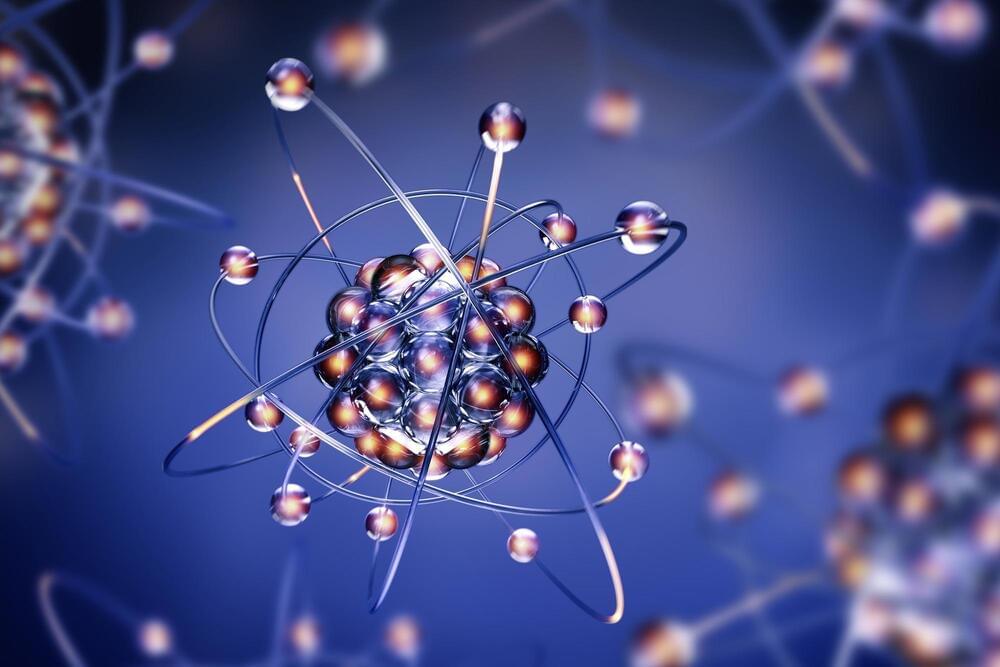
Powerful New Superpower Molecule Could Revolutionize Science
When scientists discovered DNA
DNA, or deoxyribonucleic acid, is a molecule composed of two long strands of nucleotides that coil around each other to form a double helix. It is the hereditary material in humans and almost all other organisms that carries genetic instructions for development, functioning, growth, and reproduction. Nearly every cell in a person’s body has the same DNA. Most DNA is located in the cell nucleus (where it is called nuclear DNA), but a small amount of DNA can also be found in the mitochondria (where it is called mitochondrial DNA or mtDNA).

Remember IBM’s Amazing Watson AI? Now It’s Desperately Trying to Sell It Off
In fact, it’s not even the first time that IBM has tried — unsuccessfully — to unload the project, in yet another sign that corporate expectations for AI are continuing to crash into reality.
“Health care always is going to turn out to be more subtle, as well as more regulated for the right reasons, than it is in other areas,” IBM CEO Arvind Krishna said in an Axios and HBO interview last year. “And to me, that’s natural. It is a decision that may impact somebody’s life or death. You got to be more careful. So in health care, it turns out maybe we were too optimistic.”
The sale, if it actually goes through this time, would affect millions of patients and entire government healthcare strategies.
First Reversal of Type 1 Diabetes Using Precision Medicine
Houston, TX — Oct 8, 2020 - In a letter published today in the New England Journal of Medicine, a team of physicians from Baylor College of Medicine, Texas Children’s Hospital, and the University of California, San Francisco, describe a remarkable case of a Type 1 diabetes (T1D) patient, who no longer needs insulin to maintain optimal blood sugar levels. The physicians employed a precision/personalized medicine approach to specifically target the underlying genetic mutation, which was the primary driver of this patient’s diabetes.
“To the best of our knowledge, this is the first example of a T1D patient who has experienced a complete reversal of insulin-dependence and we are excited by the prospect that that could be a viable therapeutic strategy for a subset of T1D patients” said corresponding author Dr. Lisa R. Forbes, deputy director for clinical services and community outreach for the Texas Children’s William T. Shearer Center for Human Immunobiology and assistant professor of Pediatrics, Immunology, Allergy and Retrovirology at Baylor.
T1D is a chronic condition in which the pancreas produces little to no insulin, a hormone that maintains sugar levels in the blood. Currently, the treatment options available to T1D patients consist of managing blood sugar levels with insulin, diet and exercise to prevent further complications.
University of Maryland School of Medicine Faculty Scientists and Clinicians Perform Historic First Successful Transplant of Porcine Heart into Adult Human with End-Stage Heart Disease
Researchers at the Indian Institute of Technology Bhubaneswar, in collaboration with TCS Research and Wageningen University, recently devised a new strategy that could improve coordination among different robots tackling complex missions as a team. This strategy, introduced in a paper pre-published on arXiv, is based on a split-architecture that addresses communication and computations separately, while periodically coordinating the two to achieve optimal results.
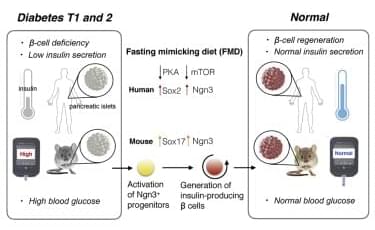
Fasting-Mimicking Diet Promotes Ngn3-Driven β-Cell Regeneration to Reverse Diabetes
Stem-cell-based therapies can potentially reverse organ dysfunction and diseases, but the removal of impaired tissue and activation of a program leading to organ regeneration pose major challenges. In mice, a 4-day fasting mimicking diet (FMD) induces a stepwise expression of Sox17 and Pdx-1, followed by Ngn3-driven generation of insulin-producing β cells, resembling that observed during pancreatic development. FMD cycles restore insulin secretion and glucose homeostasis in both type 2 and type 1 diabetes mouse models. In human type 1 diabetes pancreatic islets, fasting conditions reduce PKA and mTOR activity and induce Sox2 and Ngn3 expression and insulin production. The effects of the FMD are reversed by IGF-1 treatment and recapitulated by PKA and mTOR inhibition. These results indicate that a FMD promotes the reprogramming of pancreatic cells to restore insulin generation in islets from T1D patients and reverse both T1D and T2D phenotypes in mouse models.
A periodic short-term diet that mimics fasting modulates β-cell regeneration and promotes insulin secretion and glucose homeostasis with potential to treat both type 1 and type 2 diabetes.
US man recovering after ‘breakthrough’ pig heart transplant
A man with terminal heart disease is responding well three days after being given a genetically modified pig heart in a first-of-its-kind surgery, his doctors reported on Monday.
The surgery, performed by a team at the University of Maryland Medicine in the United States, is among the first to demonstrate the feasibility of a pig-to-human heart transplant, a field made possible by new gene editing tools.
If proven successful, scientists hope pig organs could help alleviate shortages of donor organs.
For David Bennett, a 57-year-old from Maryland, the heart transplant was his last option.
Al Jazeera’s Barbara Angopa reports.
- Follow us on Twitter: https://twitter.com/AJEnglish/
- Find us on Facebook: https://www.facebook.com/aljazeera/
- Check our website: https://www.aljazeera.com/
#HeartTransplant #PigsHeart #DavidBennett
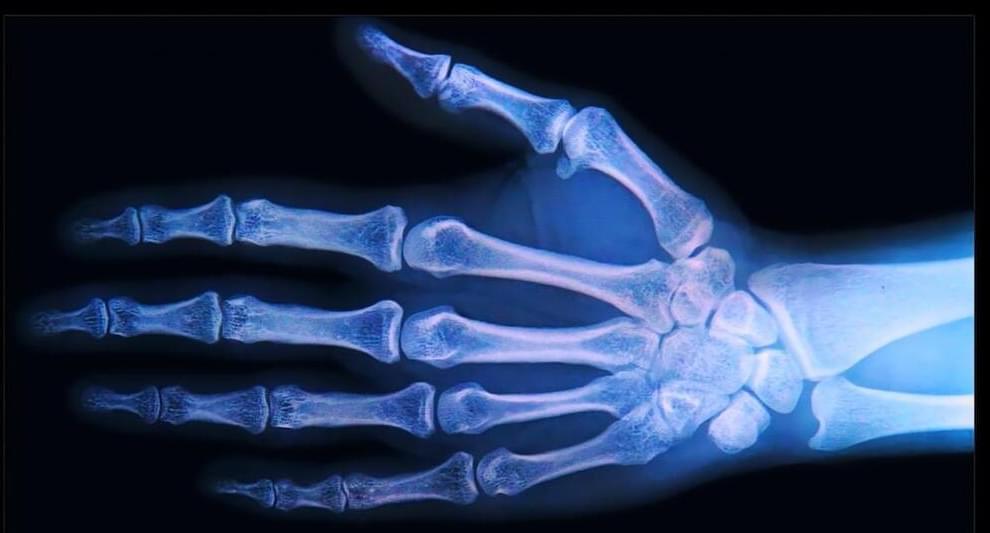
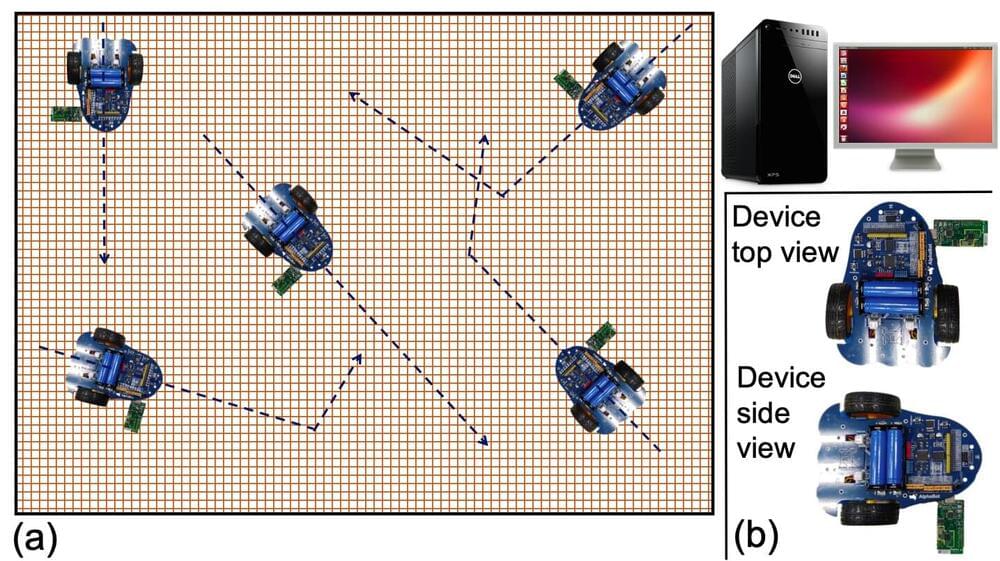
A concurrent transmission strategy to enhance multi-robot cooperation
Researchers at the Indian Institute of Technology Bhubaneswar, in collaboration with TCS Research and Wageningen University, recently devised a new strategy that could improve coordination among different robots tackling complex missions as a team. This strategy, introduced in a paper pre-published on arXiv, is based on a split-architecture that addresses communication and computations separately, while periodically coordinating the two to achieve optimal results.
The researchers’ paper was recently presented at the IEEE RoboCom 2022 conference, held in conjunction with IEEE CCNC 2022, a top tier conference in the field of networking and distributed computing. At IEEE RoboCom 2022, it received the Best Paper Award.
“Swarm-robotics is on the path to becoming a key tool for human civilization,” Dr. Sudipta Saha, the lead researcher of the team that carried out the study, told TechXplore. “For instance, in medical science, it will be necessary to use numerous nano-bots to boost immune-therapy, targeted and effective drug transfer, etc.; while in the army it will be necessary for exploring unknown terrains that are hard for humans to enter, enabling agile supervision of borders and similar activities. In construction, it can enable technologies such as large-scale 3D printing and in agriculture it can help to monitor crop health and intervene to improve yields.”
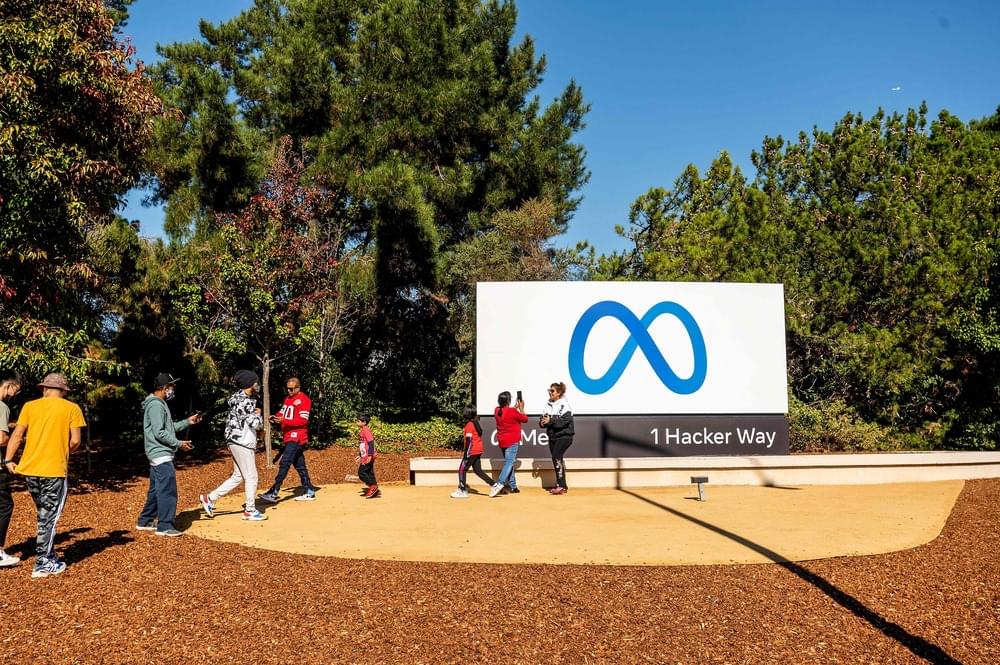
Meta delays return to office to an optimistic March 28
Why they need to return office?🤔🤔.Can’t they work from virtual world?
Meta, the company that at the beginning of this pandemic was called Facebook, has updated its return-to-office guidance, moving its target date from the end of this month to March 28, CNBC reports. With the shifting timetables for reopening and inconsistent guidance, one can only imagine how whiplashed the company’s employees must feel.
To wit: Back in December of 2020, CEO Mark Zuckerberg first told employees they would not be required to receive a COVID-19 vaccine in order to return to work. At that time, the company projected remote work could continue until at least July of 2021, though it later pushed to open offices in May. By June, Zuckerberg had passed a new edict: either seek permission from a manager to work from home, or be expected to come to the office for at least half the week.
A month later the Delta variant came along, Zuckerberg changed his stance on vaccine requirements for employees, and the company set a new target of October for a full reopening. By August of last year, it had pushed its the return-to-office to January of 2022. As Omicron spread rapidly this winter, Meta held fast to its January 31 goal, but gave some employees the option to delay in-person work by three to five months via an “office deferral program.” Incidentally, this new March 28 date includes a new requirement that employees receive the vaccine booster as well.